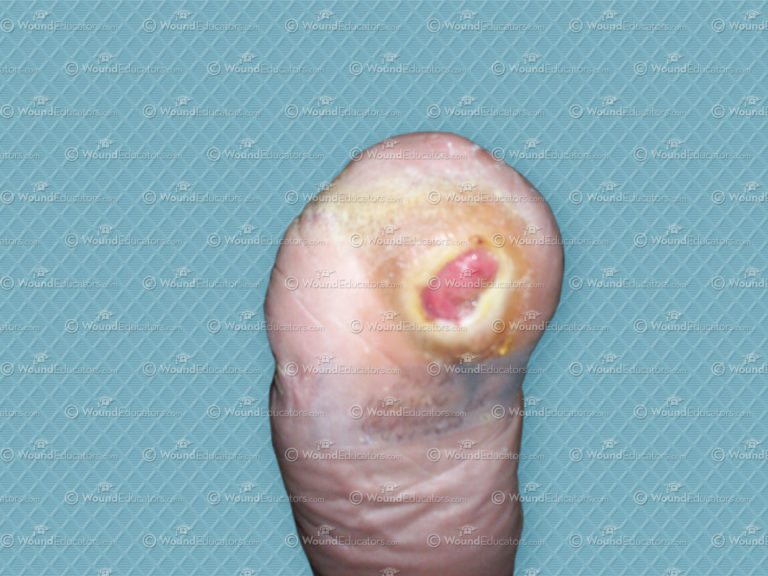Coping With Wound Infection
Surgical site infections are a common complication of surgery, occurring in around 2–5% of all surgical procedures, and extending a patient’s length of stay by an average of 9.7 days. Including readmissions, this accounts for close to 1 million additional inpatient-days nationally, and a staggering $1.6 billion in excess costs. Wound infection is clearly a…

